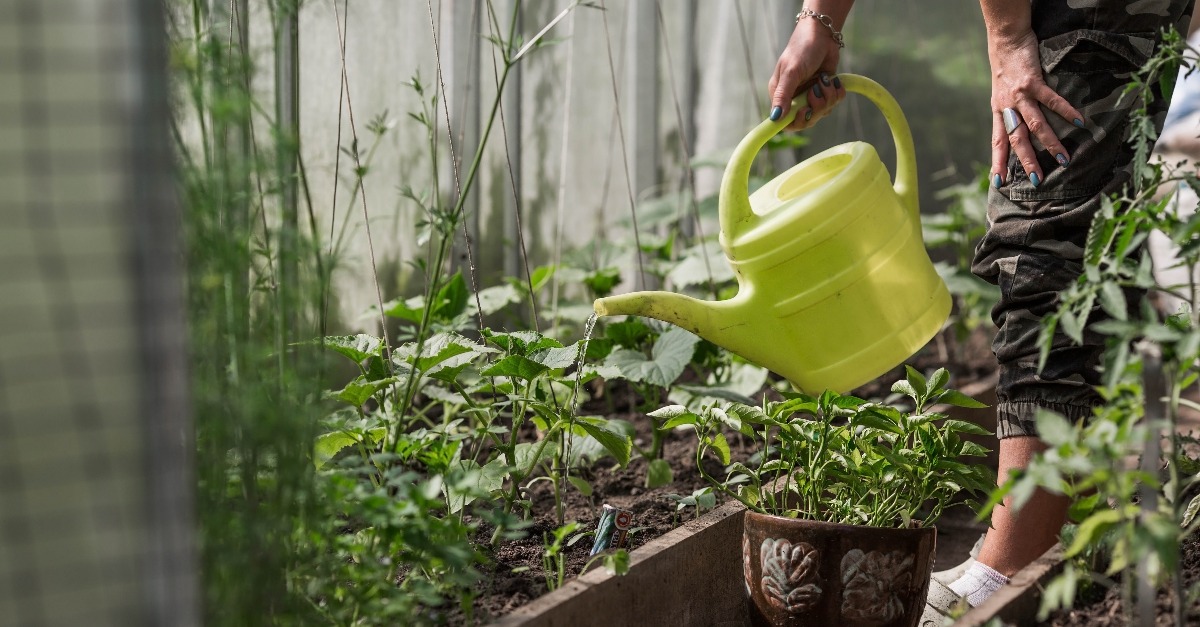History of ‘Green Thumb’

Undoubtedly you know someone who has deemed themself as having a black thumb. Maybe you even consider yourself inept at being able to keep plants alive. Or perhaps the opposite is true, and you have a green thumb with all your friends being impressed by your ability to grow an assortment of plants. Either way, you are probably familiar with the terms ‘green thumb’ and ‘black thumb’ and didn’t even bat an eye upon reading them, but from an unfamiliar perspective these phrases are odd, aren’t they?
The origins of these words are quite difficult to surmise. They have been commonly used for more than a hundred years and at this point, there are several theories as to their beginning. Gardener and author James Underwood Crockett writes that the use of ‘green thumb’ likely comes from the fact that algae stain the outside of earthenware pots so someone who handles a lot of pots would have their fingers literally stained green. Another speculation (and my favorite version) comes from the reign of King Edward I of England who was supposed to be very fond of peas and kept an entire team of serfs to shell them during the proper season. The serf who had the greenest thumb won a prize for shelling the most peas. In the prologue to The Canterbury Talesthe phrase “thumb of gold” is used either about the grain-colored thumb of the miller or his heavy touch in weighing the flour. Some believe this colored reference to a thumb could have been the preemptor to the use of the ‘green thumb’, but most believe this is a far-fetched idea.
In the US we use green thumb in the context of being good at growing food, but the same idiom is coined green fingers in the UK. C.H. Middleton used the term green fingers in his popular BBC radio program “In Your Garden” during the 1930s and 1940s. Although the phrase may have been popularized by him, the expression predates the show. Mary Stuart Boyd wrote a novel in 1906, generally known as the first written use of ‘green fingers’ where she wrote that old wives use the idiom to describe “those magic digits that appear to ensure the growth of everything they plant.” The history of the opposite expression, ‘black thumb’, is even less traceable than that of ‘green thumb’. By the 50s the phrase was widely in circulation and is a result of the popularization of its antonym.
Regardless of which story you choose to believe, and whether you consider yourself adept at gardening, I believe that everyone is capable of having a green thumb. Although growing plants may come easier to some than others, there are always resources to learn and ways to improve. With some practice and observation, I think that anyone can earn the title of having a green thumb. Washington Post’s Henry Mitchell said it best by saying “There are no green thumbs or black thumbs. There are only gardeners and non-gardeners. Gardeners are the ones who ruin after ruin get on with the high defiance of nature herself, creating, in the very face of her chaos and tornado, the bower of roses and the pride of irises.”
Written by Nikira Lane, agAlaska Ag Tech Specialist


Comments are closed